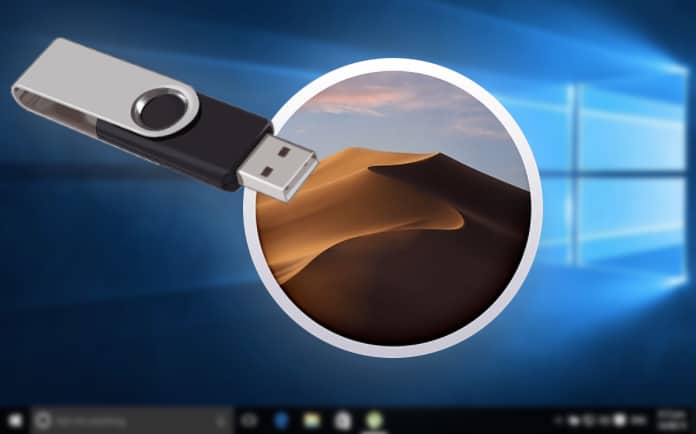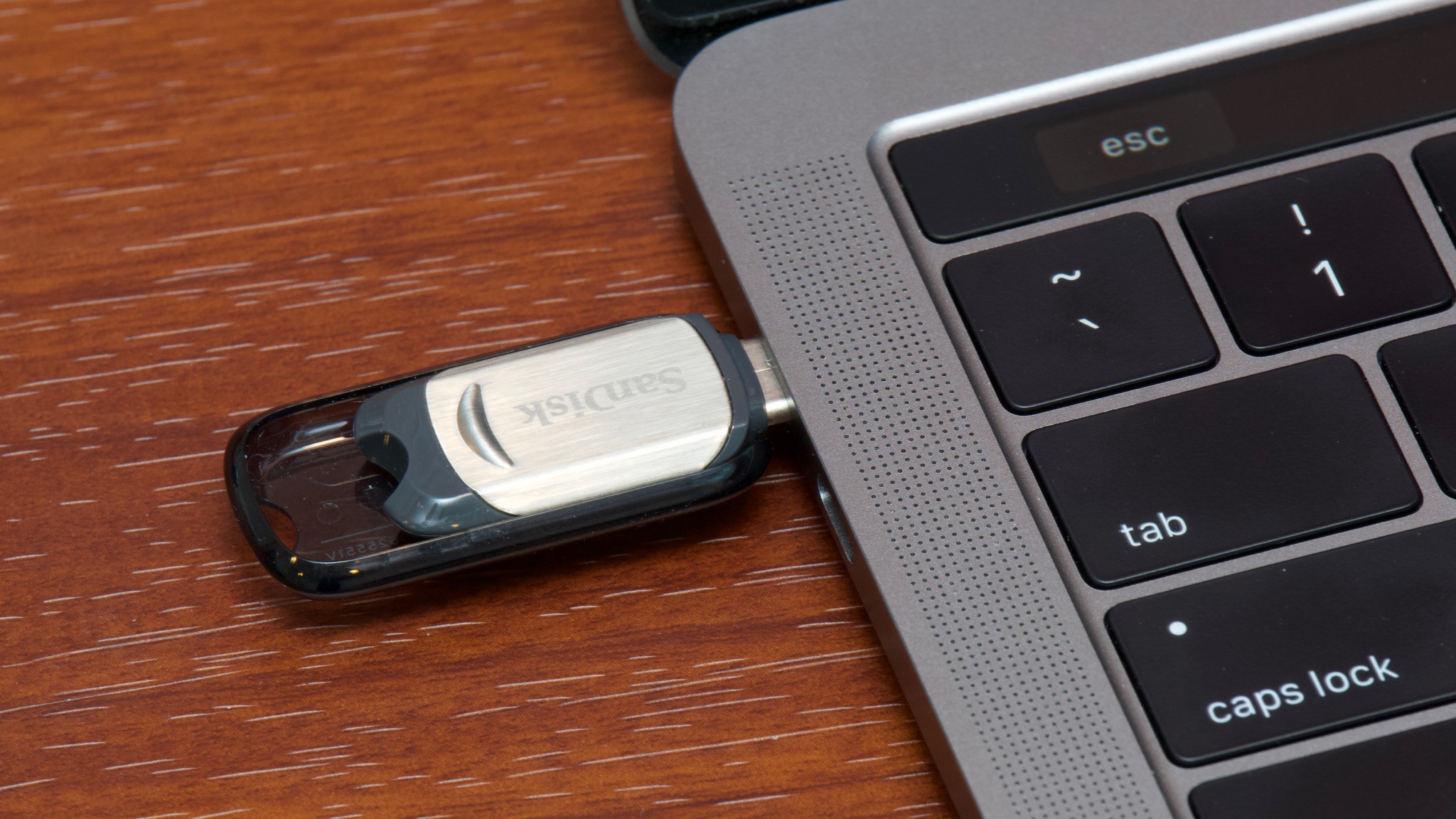

- #Make a bootable usb for pc windows 10 on mac how to#
- #Make a bootable usb for pc windows 10 on mac mac os#
- #Make a bootable usb for pc windows 10 on mac install#
- #Make a bootable usb for pc windows 10 on mac password#
- #Make a bootable usb for pc windows 10 on mac iso#
Then select all the options as follows and click OK.
#Make a bootable usb for pc windows 10 on mac password#
#Make a bootable usb for pc windows 10 on mac install#
#Make a bootable usb for pc windows 10 on mac iso#

#Make a bootable usb for pc windows 10 on mac how to#
Here is a quick step by step video guide on how to create Windows 10 bootable USB on Mac without Bootcamp. Now, you need to create a bootable Windows 10 installation media. Once the new partition has been created, close the Disk Utility tool. When you see the following error message click on the Partition button. After entering all the required information click on the Apply button.

(Choose either ExFat or DOS here, remember you have format the partition as NTFS later when installing the windows 10). And finally, select the partition format. Select the size of the partition (minimum size should be at least 30 GB). (Remember to enter a name that you can easily recognise later when installing the Windows 10). Select the new partition that you have created and enter a name for it. To create a new partition, click on the small “+” sign. Here Disk Utility will show you the layout of the partition. In the Disk Utility, on the left side select your drive (SSD or HDD). Then open the Launchpad and click on “Other”. Turn on your Mac device normally and boot into Mac OS.
#Make a bootable usb for pc windows 10 on mac mac os#
So in this article, we will teach you how to install Windows 10 on Mac OS without using a Boot Camp. And it is placed under “/Library/Application Support/BootCamp/WindowsSupport.dmg”. Every time it launches, it will automatically download 1.6 GB windows drivers.Often gives unknown error messages with minimal information.It currently supports only a single partition drive.One of the most popular options is to use Mac OS built-in Boot Camp Assistant software.īut unlike the other apps that come with Mac OS, Boot Camp has a couple of drawbacks regarding its performance and functionality. Not to mention, Etcher is also open-source and completely free just like Rufus.There are many options when it comes to installing and running Windows 10 on a Mac computer. This will help you save time from writing images on corrupt USB devices. Having said that, the best part about Etcher is that it has something called Image Validation which verifies the system image and removable drive before flashing. Apart from that, Etcher is also quite fast in flashing images, but it’s slightly behind Rufus. You select a system image, the USB stick and click on Flash. It’s also quite simple to use and the interface is very straightforward. In contrast, Etcher is a full-fledged program which is available on all major platforms including macOS and supports all kinds of system images like ISO, DMG, IMG, etc. While Rufus is the gold standard for creating bootable USB drives, it’s limited to Windows operating system only. Now with that said, let’s begin the list without further ado. Similarly, you can create a Windows bootable drive from Linux machine as well.

In addition, we have selected the apps in such a way that you can create macOS bootable media from a Windows device and vice versa. Apart from that, we have mentioned apps for all major operating systems including Windows, Linux, Ubuntu, and macOS. In this section, we have included 10 apps like Rufus which perform pretty fast and without bogging down the system.


 0 kommentar(er)
0 kommentar(er)
